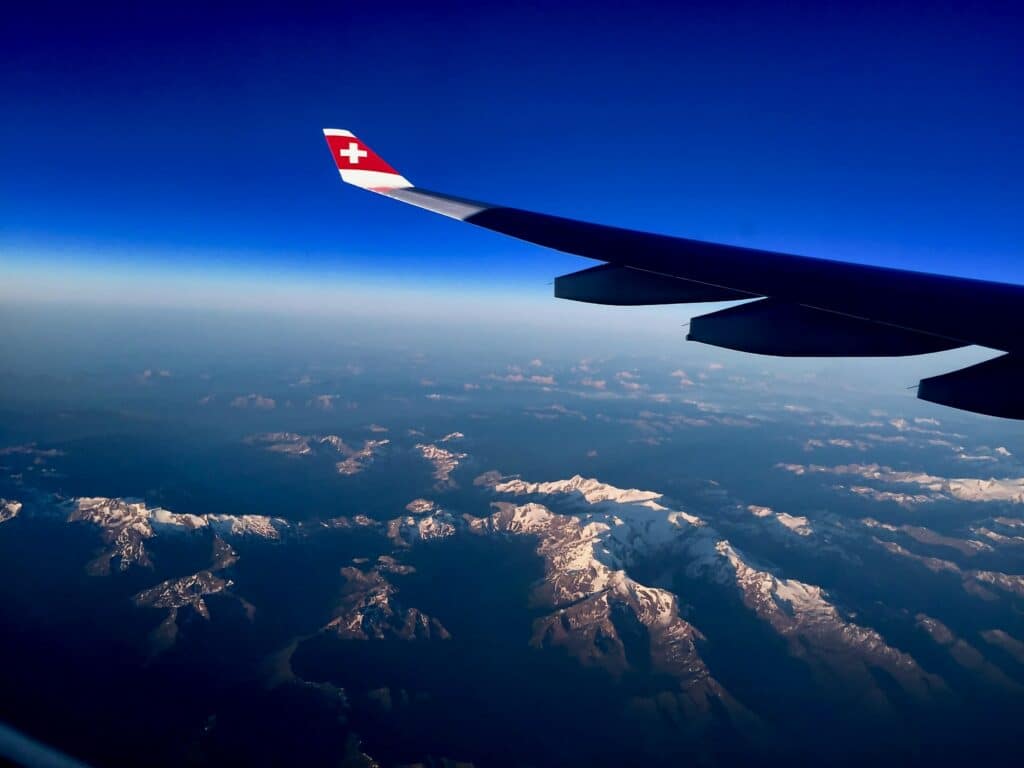
Improving the capacity and usage of the European freight network is one of the Commission’s priorities, and it is beneficial for both the European economy and the environment. If harmoniously developed throughout Europe and well connected to the other transport modes thanks to logistic multimodal nodes, rail freight can make a significant contribution to the construction of an efficient and sustainable European transport system.
In the last few years, the European Commission has launched several initiatives to revitalise rail freight transport and the sector has been opened to competition since 2007. However, major drawbacks still exist: first and foremost, technical barriers to full interoperability remain, and network access priorities remain an issue for infrastructure shared between passenger and rail transport.
Two alternative yet complementary ways to overcome these issues and implement the European strategy for improving the performance of the European rail freight system have gained great support at the European level.
On the one hand, much experience has been gained thanks to the work of RailNetEurope, an association set up by European Rail Infrastructure Managers and Allocation Bodies to enable fast and easy access to European rail, as well as to increase the quality and efficiency of international rail traffic. One of their initiatives resulted in the development of the Rail Freight Corridors (RFCs). With the ultimate goal of increasing harmonization and interoperability of the European network, the RFCs aim at forming a network for competitive freight.
On the other hand, in 2009 rail stakeholders, companies and research centres have gathered to promote Shift2Rail, the first European initiative to deliver focused Research & Innovation (R&I) and market-driven solutions by accelerating the integration of new and advanced technologies into innovative rail product solutions, meeting key objectives of the EU 2020 Strategy and the EU Transport policy.
The aim of the 10th Florence Rail Forum will be to look at the current situation of rail freight in Europe, and understand the remaining barriers to more capacity and usage of the European freight network. Focussing on industry stakeholders, regulators and policy makers the 10thFlorence Rail Forum will discuss the current EU strategy and the characteristics of two major initiatives, the Shift2Rail JU and the Rail Freight Corridors.
The debate will be structured around 4 discussion questions:
Following the usual format of the Florence School of Regulation, the 10th Florence Rail Forum aims at offering a platform to senior stakeholders from regulators, politics, railway undertakings, infrastructure managers, rail suppliers, authorities, associations and academics to take stock of topics relevant to rail regulation and policies.
Mr Olivier Onidi (Director for European Mobility Network, DG MOVE, European Commission) will engage in the debate together with, among others, Juan José Montero (UNED Madrid), Marcin Wolek (University of Gdansk), Frank Troch (University of Antwerp).
For information please contact FSR.transport@eui.eu.
EUROPEAN TRANSPORT REGULATION OBSERVER
Introduction to the 10th Florence Rail Forum – MATTHIAS FINGER
Regulatory Bodies in Rail Freight Corridors – IZABELA KULIGOWSKA
Rail freight in Europe: how to improve capacity and usage of the network? The European Strategy for Rail Freight – VICTOR VAUGOIN
Rail freight in Europe: How to Achieve Modernization and Interoperability? – GILLES PETERHANS
The European Strategy for Rail Freight – Jernhusen AB’ point of view – OLOF KJELLSTRÖM
How to increase capacity and usage of the network with the rail freight corridors – HINNE GROOT; JULIE BUY
RNE as coordination platform for RFCs’ core processes and tools – MILOSLAV KOGLER
The Development of the Rail Freight Corridors – open points for EU policy – GERMANO GUGLIELMI
The Development of the Rail Freight Corridors – EIM-Rail point of view – TOMMASO SPANEVELLO
The industry involvement in Shift2Rail and future developments – THOMAS HENNETIER

The 4th Florence Rail Regulation Conference aims to discuss advancements for accelerating the growth of the railways in the EU.…

Introduction The 2nd Florence Aviation Regulation Conference aims to discuss the current and future economic and regulatory policies relating to air…
To meet, discuss and learn in the channel that suits you best.